Two flying sites for the price of one during my Northumberlandia visit.
Due to the tent trauma while camping, I didn't get to visit RFC Cramlington
during my camping trip. Instead, we had a trip North in the car on the last
day of the school holidays, to visit the giant earth sculpture,
Northumberlandia. This would give a great aerial view of the old RFC
aerodrome. The phone panorama below shows the view from the head of the
sculpture, with the former aerodrome on the large flat field beyond.
RFC Cramlington
Royal Flying Corps Station Cramlington and Royal Naval Air Station Cramlington were located fairly close to each other, on the West side of Cramlington and South of the North Eastern Railway line. RFC Cramlington was built in 1915 in response to airship attacks on Newcastle.
|
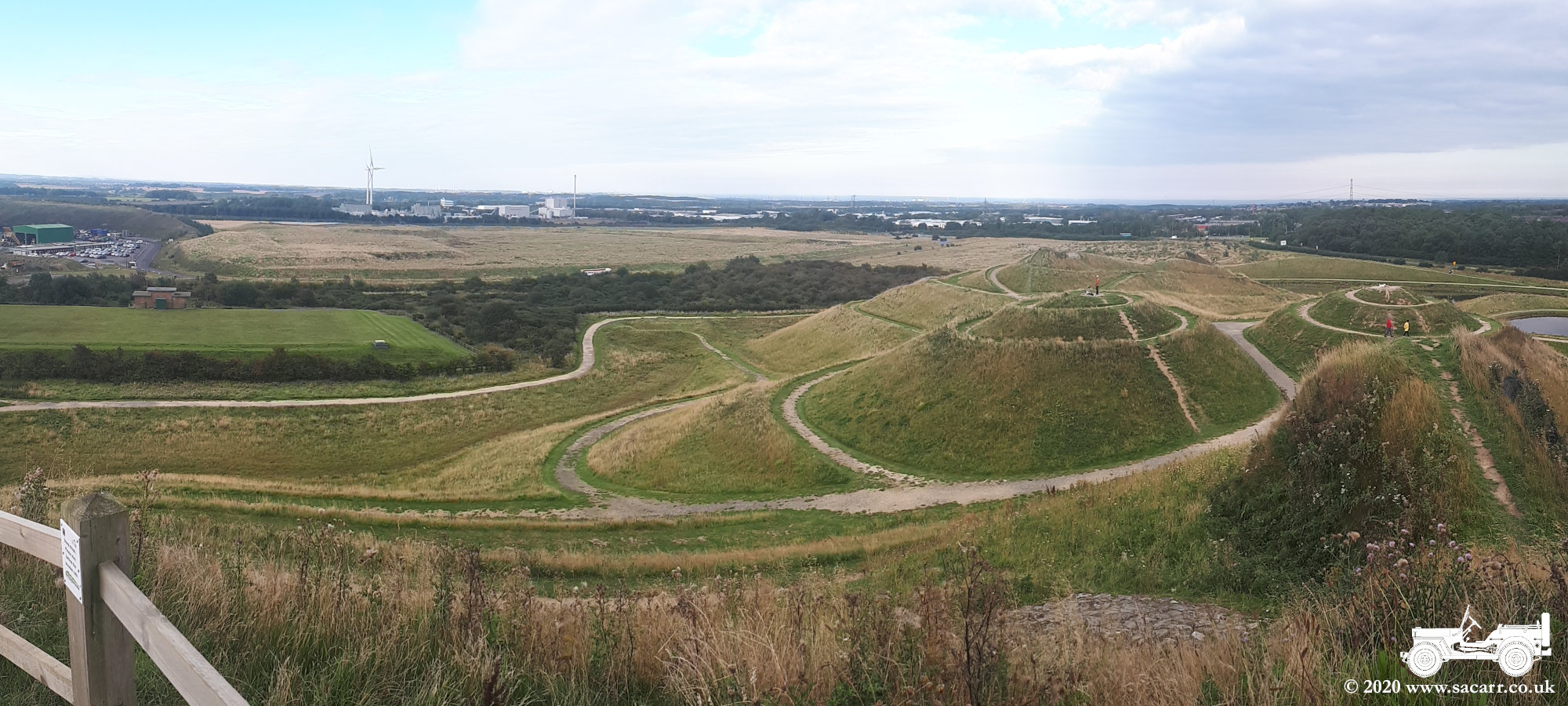
|
No. 36 Home Defence squadron of the Royal Flying Corps operated B.E. 2c's and B.E. 12's, their task being the defence of the coast between Whitby and Newcastle. Three large hangars were built, with the camp on the East side of the main road. Late in WW1, Cramlington was used as a training base, with 75 Training Squadron being joined by 120 Squadron in January 1918.
The airship shed of RNAS Cramlington was only around three quarters of a mile
away, aligned NE-SW with the prevailing wind. The image below shows the
approximate location.
|
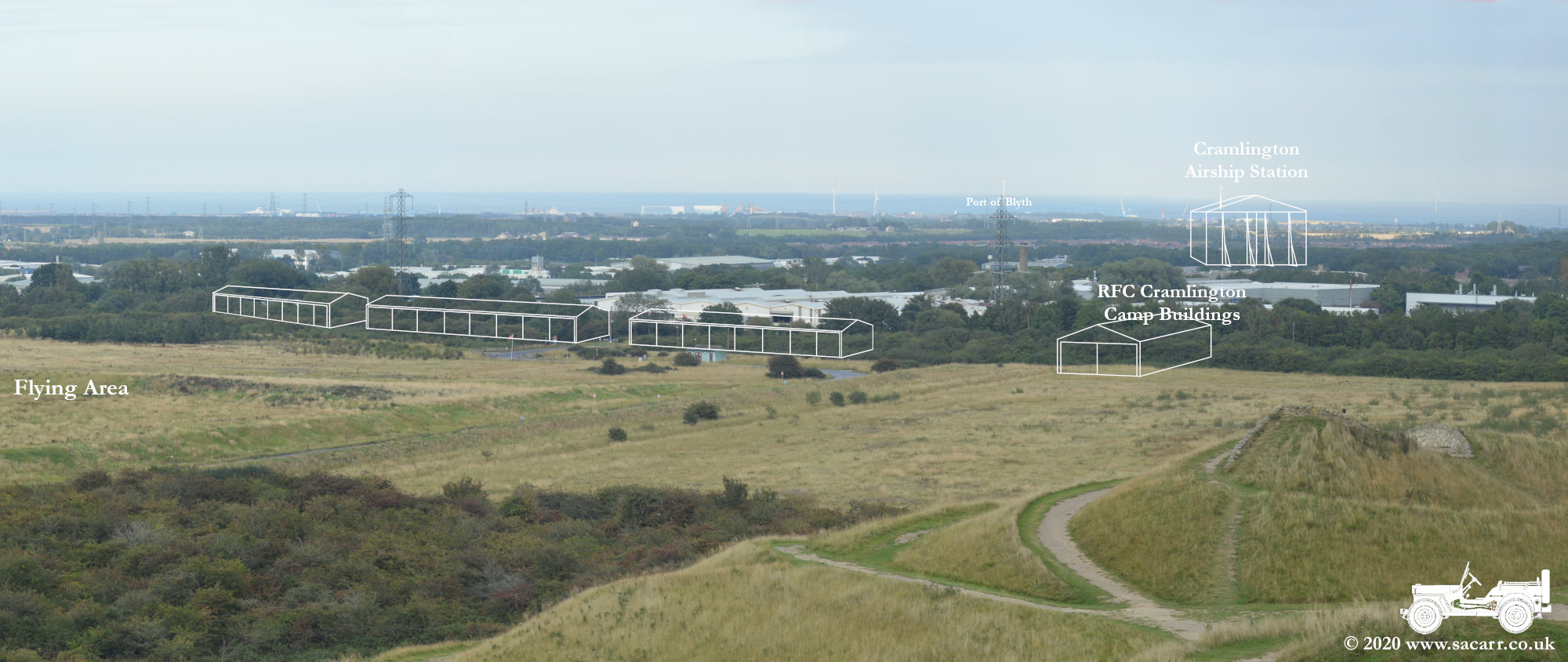
|
Post war, in the early 1920's, the Cramlington Aircraft Company set up at the airfield, but within 5 years the airfield was in a poor state of repair. The Newcastle Aero Club also formed there. In the late 1920's, a storm damaged the aero club hangar and three
aircraft, but by the time of WW2, the airfield had been closed.
|
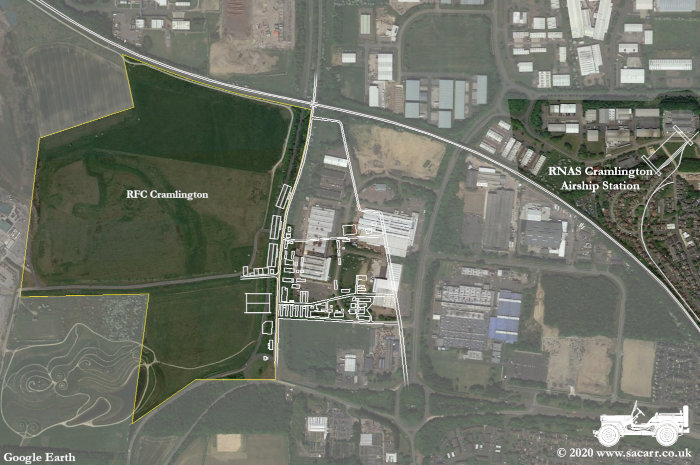
|
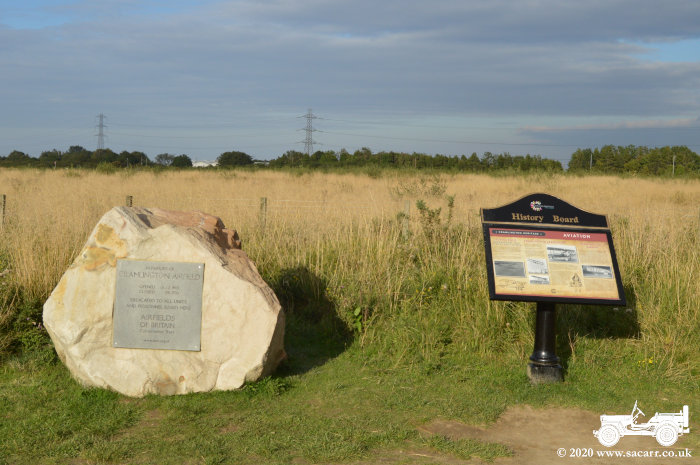
|
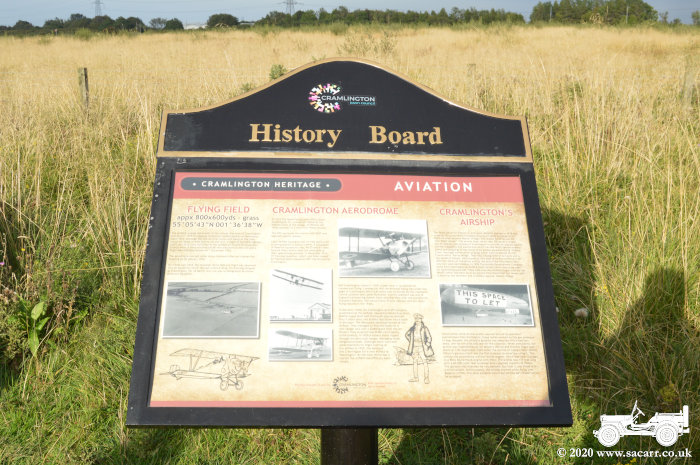
|
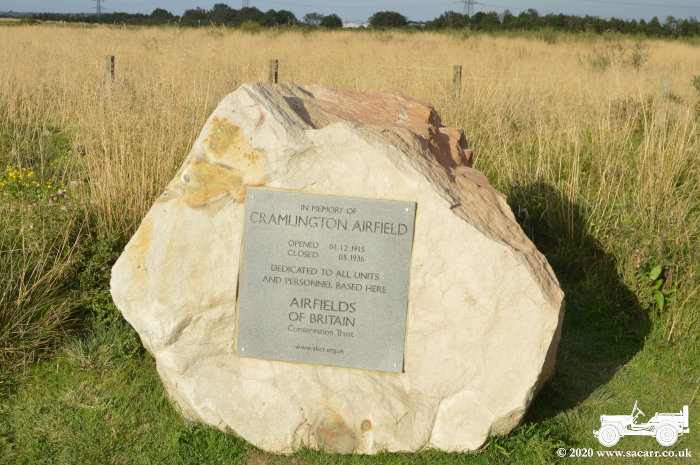
|
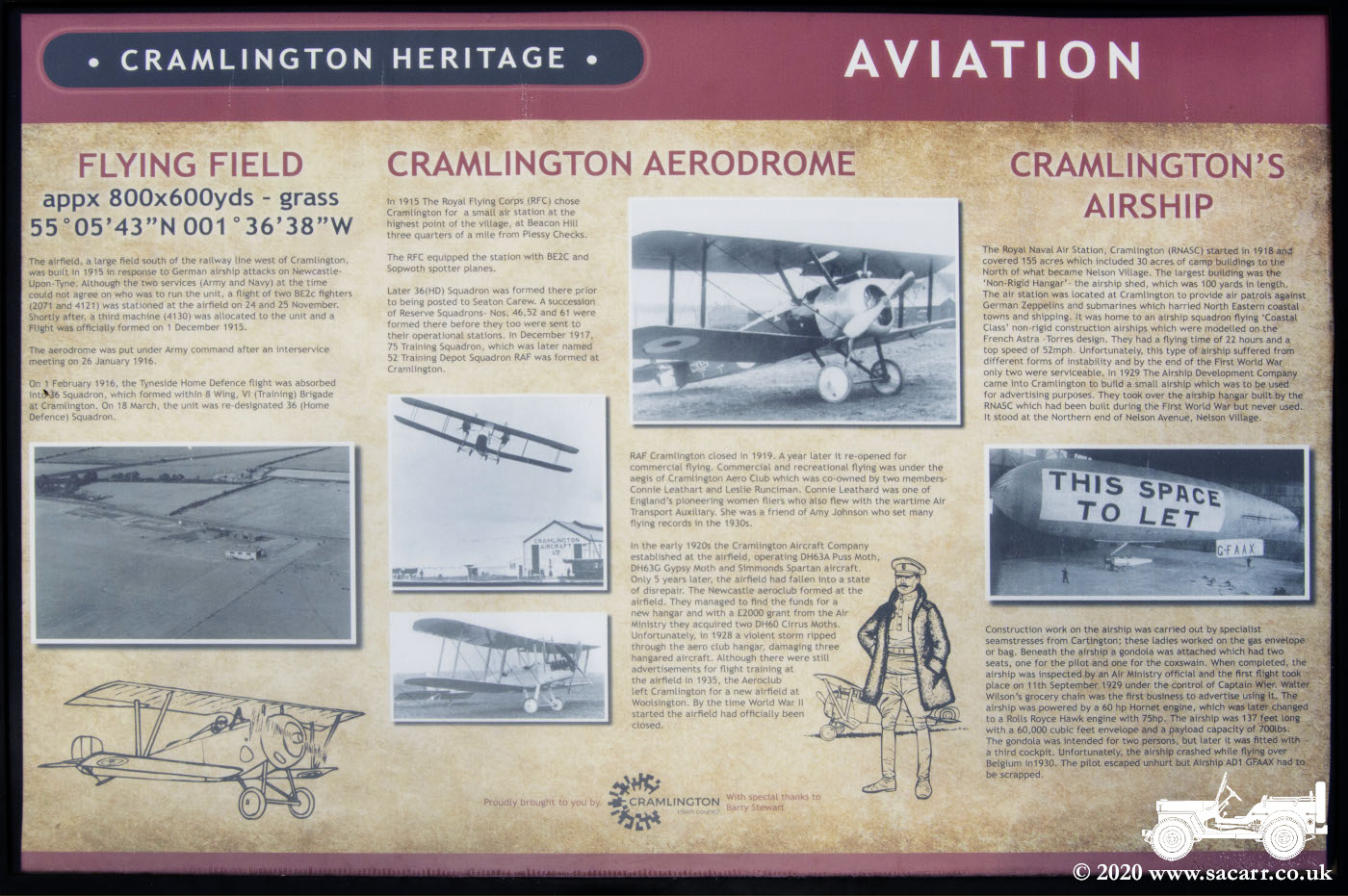
|
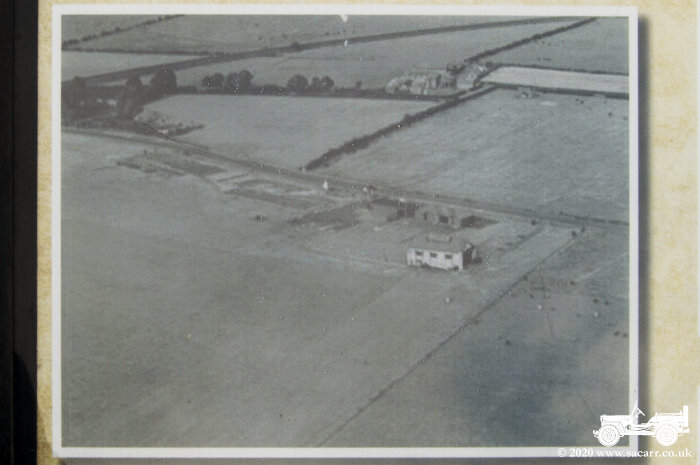
|
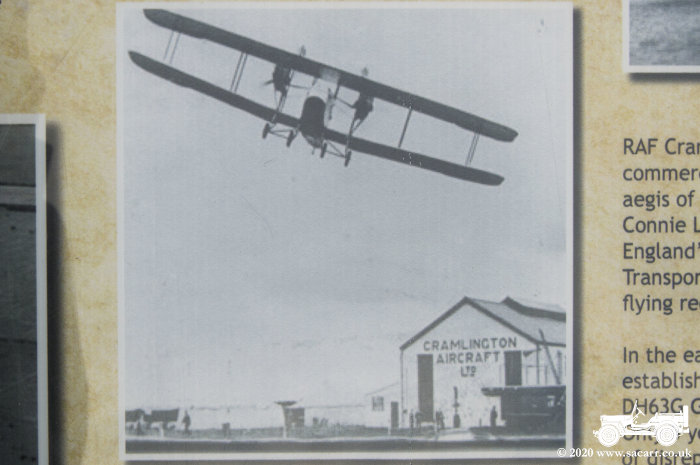
|
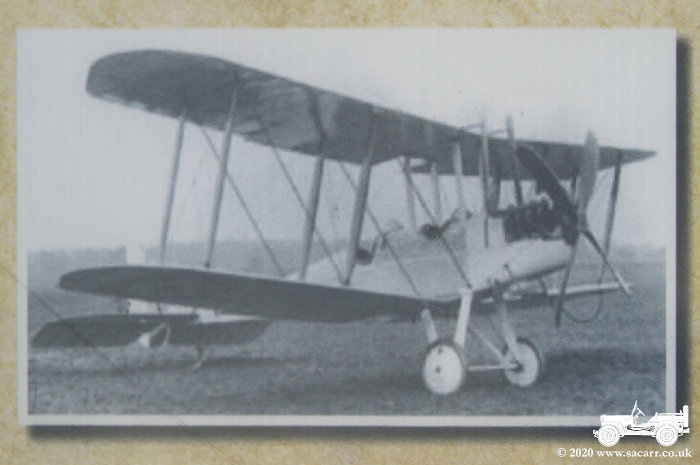
|
RNAS Cramlington
The Royal Naval Air Station was built roughly mid-way between East fortune and Howden as an airship base to counter German submarines. Land was cleared for the landing ground with a technical site in its south east corner. A branch line was laid from the main railway line at Cramlington station to the site. The airship station was not complete by the Armistice in November 1918, but work continued on the airship shed, which measured some 300 x 100 x 70 feet. Between the wars, a private company built a prototype airship, registered G-FAAX. In late 1930, G-FAAX was destroyed in a storm and its parts sold off. The airship shed lasted into the
1960/70's before being demolished for the expansion of Cramlington town. Nothing remains of the airship site, although a road through a housing estate follows the path of the branch line used to supply the airship site.
|

|